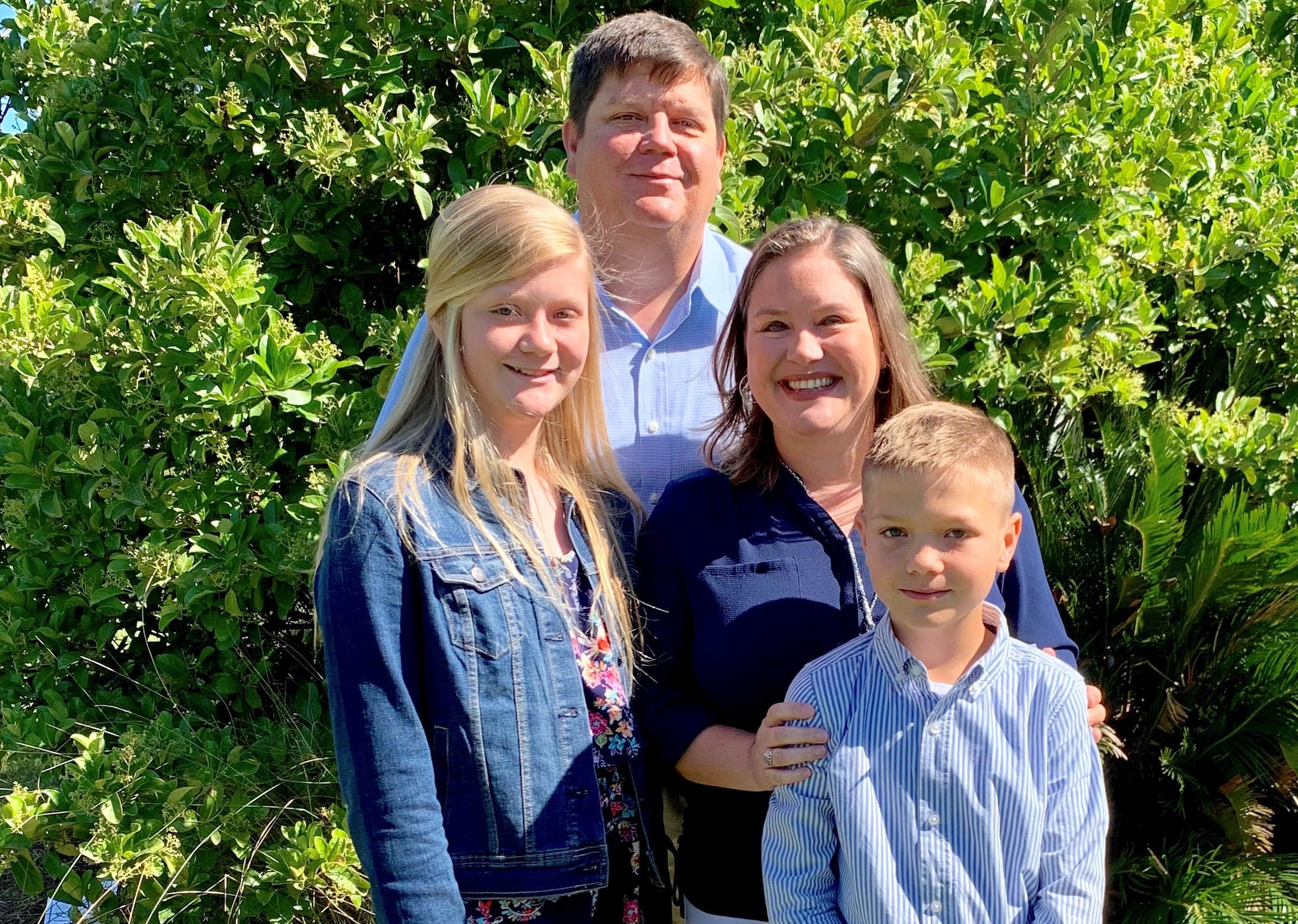
In 2009, at the age of three, Lana Turner was diagnosed with neuroblastoma. Lana’s dad, Brit, is the drummer of the popular rock band Blackberry Smoke. Thankfully, Lana got through treatment and is doing great today. But Brit and the band wanted to ensure all children with cancer have a chance to grow up and live life like Lana is doing, so they started donating money raised for fan meet-and-greet packages to childhood cancer organizations. Since then, the band has raised more than $700,000 to fight childhood cancer.
“As a band, we have always tried to lend a hand anytime we were able,” Brit said. “But it wasn’t until Lana was diagnosed that I felt it from the other side. This was the first time I felt like I was completely helpless, and I made a promise to help people going through the same thing.”
While much of the funding generated by the Lana Turner Foundation has been allocated towards pediatric cancer research, Brit and the band recently celebrated the first anniversary of partnering with CURE to provide meals to children with cancer and their families through our Open Arms Program.
“We know that a hot meal can make a big difference on a difficult day for children fighting cancer and their families,” shared Brit. “We also wanted to ensure that we provided a healthy meal for them because some people might not have that option.”
The band recently celebrated its 21st year of making music together. To celebrate the fact that the band was over drinking age, they worked with New Realm Brewery to create a beer for their fans. Blackberry Smoke American Lager was the award-winning creation. But the team is also collaborating to provide healthy food. New Realm is also a restaurant, and the chef creates a high-quality, organic menu for the patients and their families every month.
To get the food to the hospital, the band tapped the local VFW chapter and the Paulding County Sheriff’s Office, who deliver the meals in style.
“It makes us feel good to do specific things to help families in crisis,” said Brit.
And it means a lot to the families served and is a much bigger thing than most people would think, as one mother expressed recently.
“Thank you so much for the nice meal. In the outside world, we have access to anything and take it for granted. But it can get quite lonely, and eating the same hospital food every day is tough. There are some days when we just won’t eat because it’s so tough. But you bring a smile to families in here when you serve.”
For more information about Open Arms Meals, click below.



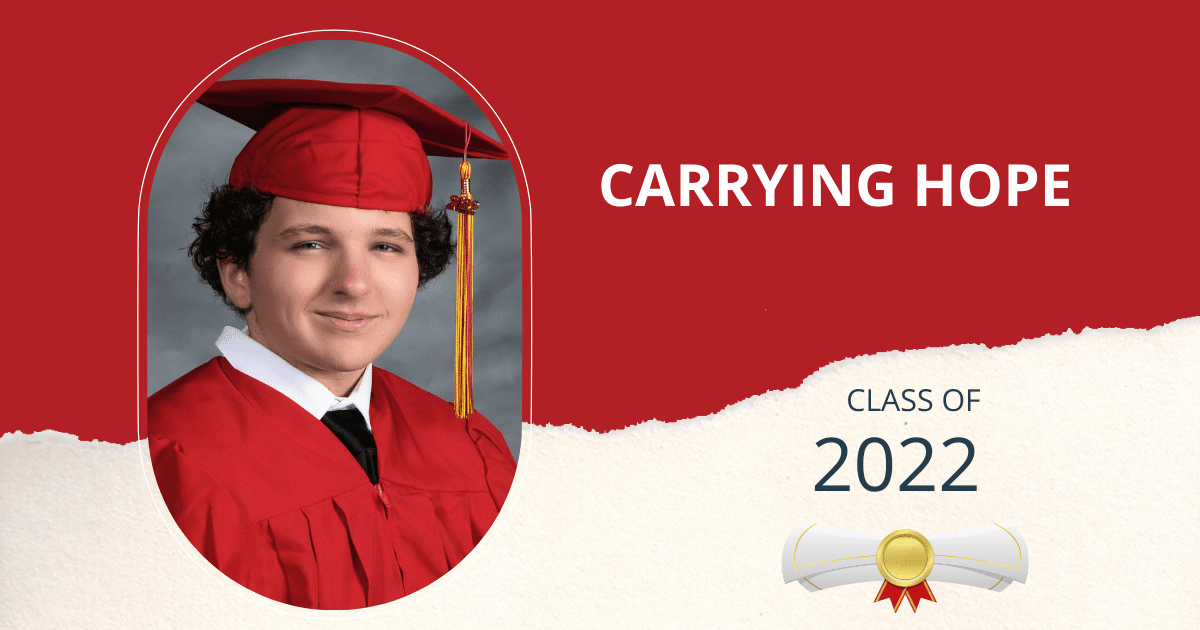
 “Trenton’s experience has shown us the huge need for less-toxic cancer treatments specifically tailored to kids and their growing bodies,” Ginger said. “Our family hopes that in the future, no other family will ever hear the heart-sinking words ‘Your child has cancer.’ But if that does happen, there will be hope – a hope of a cure and less toxic treatments tailored to kids that will allow them to be kids that grow into healthy adults.”
“Trenton’s experience has shown us the huge need for less-toxic cancer treatments specifically tailored to kids and their growing bodies,” Ginger said. “Our family hopes that in the future, no other family will ever hear the heart-sinking words ‘Your child has cancer.’ But if that does happen, there will be hope – a hope of a cure and less toxic treatments tailored to kids that will allow them to be kids that grow into healthy adults.”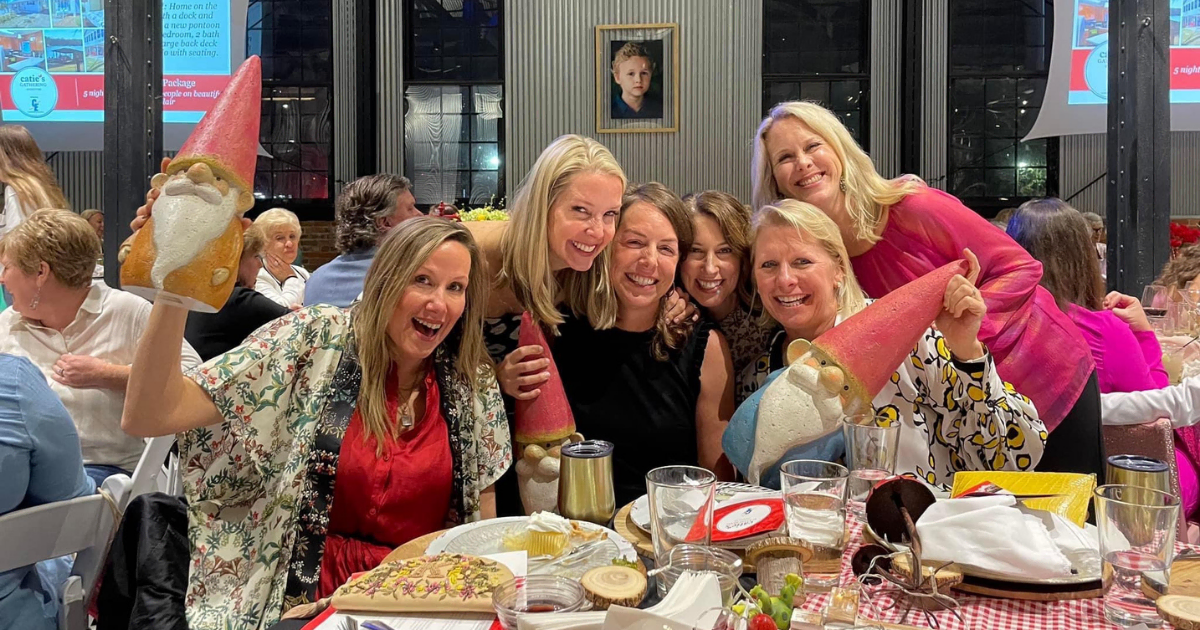
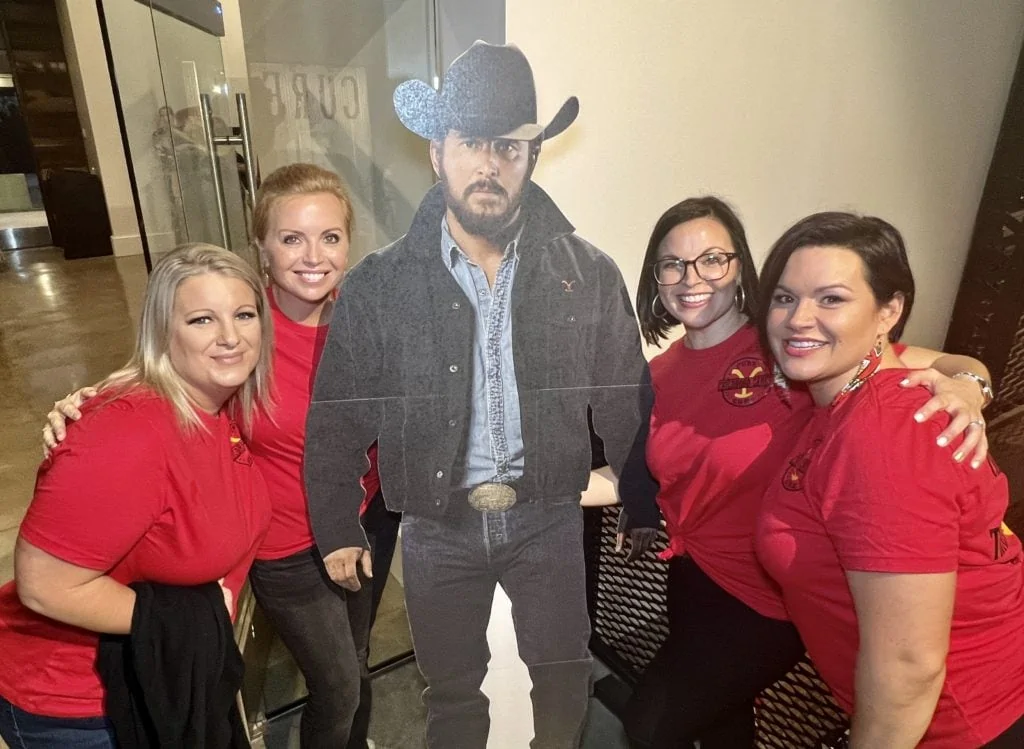 CURE vice-president Mandy Garola started the Savannah Catie’s Gathering nine years ago. There are so many reasons it continues to grow – not the least of which are the sponsors, committee members, volunteers, staff, hostesses, vendors, donors, and guests.
CURE vice-president Mandy Garola started the Savannah Catie’s Gathering nine years ago. There are so many reasons it continues to grow – not the least of which are the sponsors, committee members, volunteers, staff, hostesses, vendors, donors, and guests.
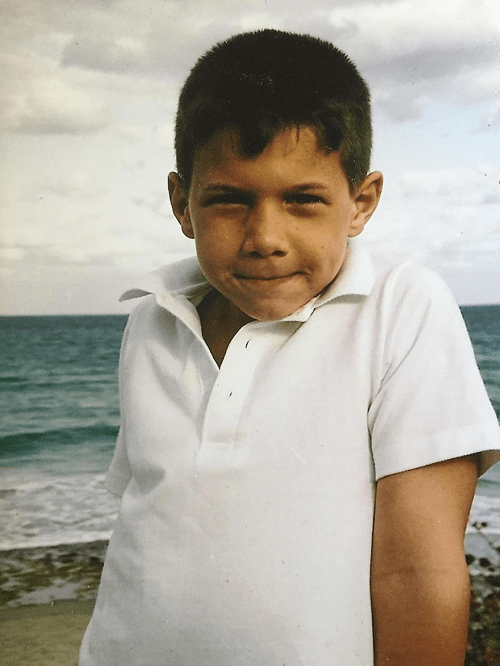














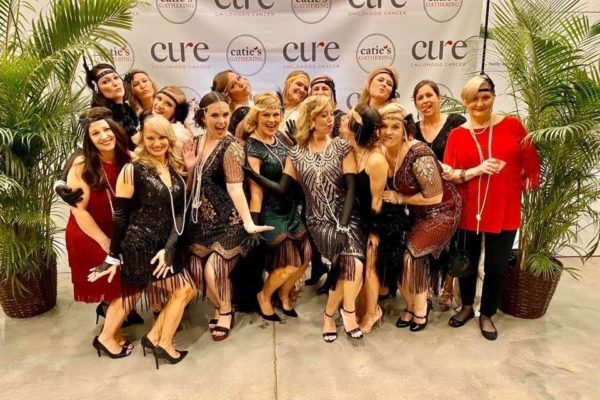



 If you waved at Michael Mugrage, it’s doubtful you would have received a wave in return. More than likely, you’d have gotten a warm smile and one of his signature shakas – a hand gesture residents of Hawaii use to convey the Aloha spirit. It is a sign of friendship, compassion, and respect. Michael was born in Hawaii and spent his first twelve years there before moving to Bluffton, South Carolina.
If you waved at Michael Mugrage, it’s doubtful you would have received a wave in return. More than likely, you’d have gotten a warm smile and one of his signature shakas – a hand gesture residents of Hawaii use to convey the Aloha spirit. It is a sign of friendship, compassion, and respect. Michael was born in Hawaii and spent his first twelve years there before moving to Bluffton, South Carolina. Michael endured months of high-intensity chemotherapy treatments, surgery to remove the mass, and the lifetime amount of radiation to his lung and abdomen. For a while, the treatment seemed to work, and Michael was counting down his remaining treatments with hopes of remission and returning to high school. Unfortunately, nine months into treatment, the cancer returned with a vengeance and Michael was given days to live.
Michael endured months of high-intensity chemotherapy treatments, surgery to remove the mass, and the lifetime amount of radiation to his lung and abdomen. For a while, the treatment seemed to work, and Michael was counting down his remaining treatments with hopes of remission and returning to high school. Unfortunately, nine months into treatment, the cancer returned with a vengeance and Michael was given days to live.
 We’re also hoping to continue growing Catie’s Gathering to new locations and communities. This event is a blast and is easy to reproduce. If you’re interested, please reach out and let us know. You can email us at
We’re also hoping to continue growing Catie’s Gathering to new locations and communities. This event is a blast and is easy to reproduce. If you’re interested, please reach out and let us know. You can email us at 